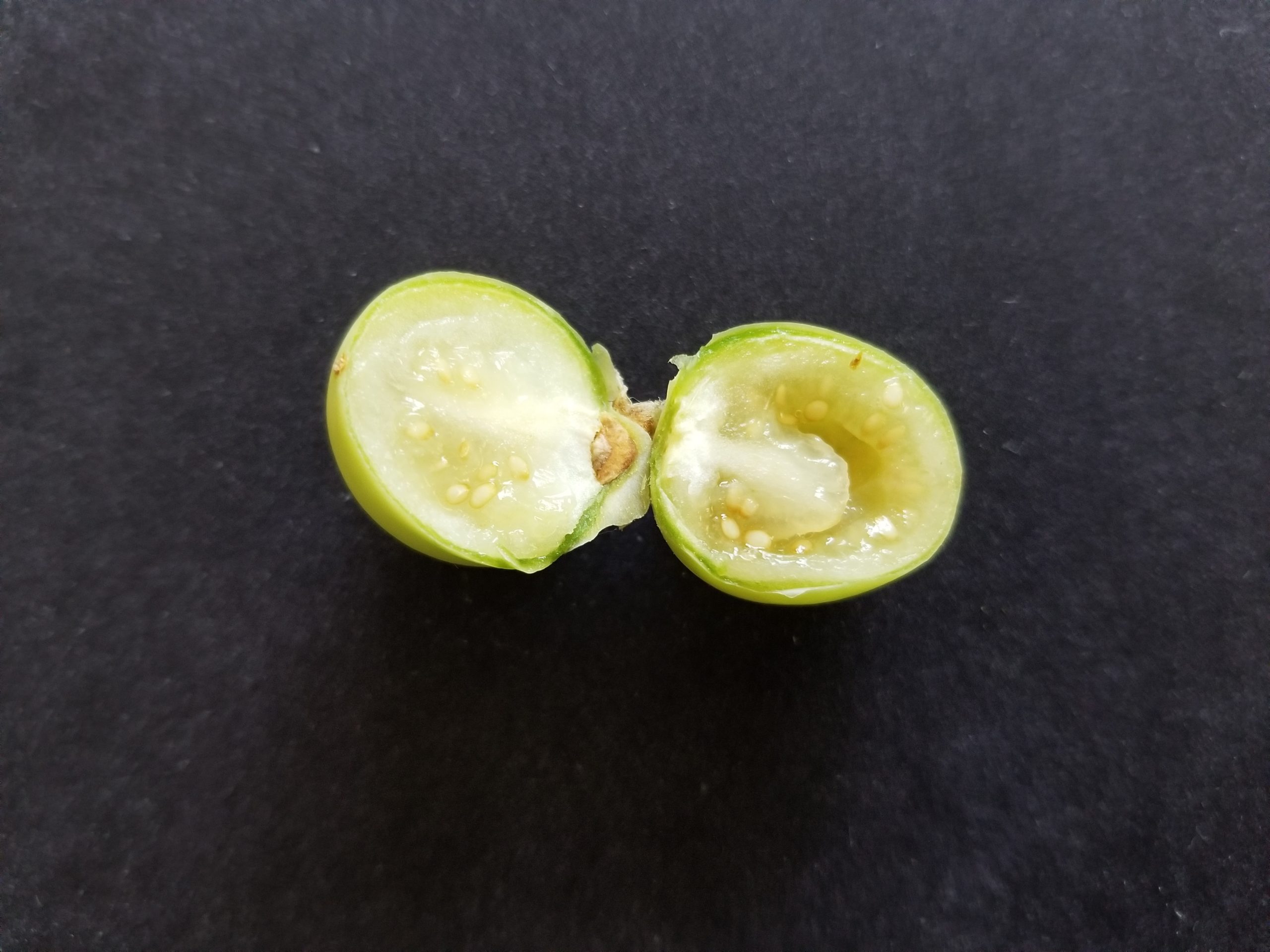True potato seeds can help stabilize food production in African countries, key note speaker says at HZPC Potato Days.
Food insecurity is continuing to grow as populations increase. In Africa the population is growing at alarming rates, causing food demand to triple within the next two years. As concerns mount about how to feed a growing population, true potato seeds may just help solve some of those problems.
“I think it’s very clear that we need to be able to produce more with less to meet growing demands without further environmental damage. And sustainable intensification in agriculture is a key strategy to achieve that,” Katrien Descheemaeker, professor of plant production systems in the plant science group at Wageningen University, explains during a presentation at HZPC Potato Days on Nov. 9, 2022.
Some technologies that can allow for sustainable intensification in agriculture are:
- legume green manures and fertilizer to help with soil fertility
- soil and water conservation measures to combat erosion and assist with water infiltration in soil
- the integration of crop and livestock production to cycle nutrients
- improved potato varieties
- hybrid true potato seeds
In hybrid diploid potato breeding, the introduction of desired traits and the development of new varieties happens a lot faster than with traditional breeding. Seed propagation is also faster, meaning new varieties can be used at larger scales sooner, Descheemaeker adds. True potato seeds also reduce disease incidence as faster seed propagation rates lessens the potential for disease build up. Storage and transportation of true potato seeds is also easier and cheaper than with traditional seed potatoes.
“Because of all these factors it’s believed that this technology holds a lot of potential also for the farming systems in East Africa in particular,” she says. “In this farming system, we are dealing with quite a number of important challenges in the potato sector, and many of them are related to diseases.”
Farmers in various African countries rely on short season potato varieties due to limited land availability, which then causes more disease buildup in fields. Descheemaeker notes disease transfer from crop to crop happens easier as African farmers mainly use their own seed tubers. There also isn’t easy access to clean planting material in these regions.
“All these factors together, they result in very large yield gaps and poor yields that often don’t surpass 10 tonnes per hectare. Now, hybrid true potato seeds with all its features can address some of these challenges, because it can help us to be much faster in the development of new varieties that are, for example, disease resistant. And because the technology helps us to facilitate the access to clean planting material,” Descheemaeker says.
Descheemaeker cautions though we can’t get too excited as it all depends on if farmers will adopt the use of true potato seeds — traditionally adoption of new technologies by smallholder farmers has been low. This is due to limited access to resources, land, capital, labour resources and education on new technologies.
Farm size also factors into adoption of new technologies. The impact of innovations on a smaller field size doesn’t always translate to large enough increases in yield to warrant the investment. The risk of trying new technologies also scares farmers away as there isn’t insurance for them to fall back on if the crop fails. The diversity of farms in these regions can mean new technologies aren’t always the best fit for each farm.
“There are no silver bullet solutions if you like. And because of that there is a need to really tailor options or solutions technologies to the context of particular farmers,” Descheemaeker adds. “We have technologies on the one hand, farm diversity on the other hand. Because of environmental factors, some technologies are suitable, some are not.”
For technologies to work, they must be matched to the farmer. Once this happens Descheemaeker says adoption of the new technology is much higher. So, for true potato seeds to work how they fit into the farming and seed system must be considered first.
Header photo — A true potato seedball cut open to show the true potato seeds inside of it. Photo: Helen Tai
Related Articles
HZPC’s Future Proofed Potato Varieties









